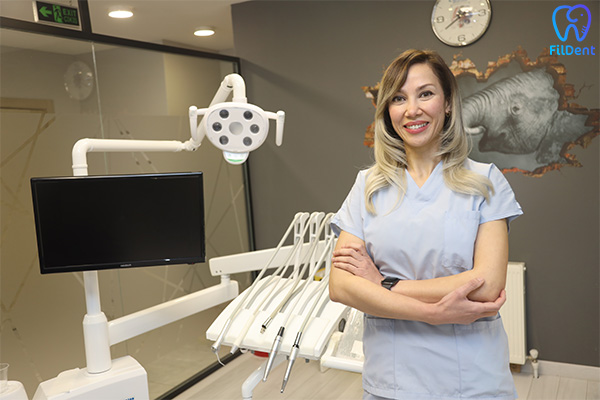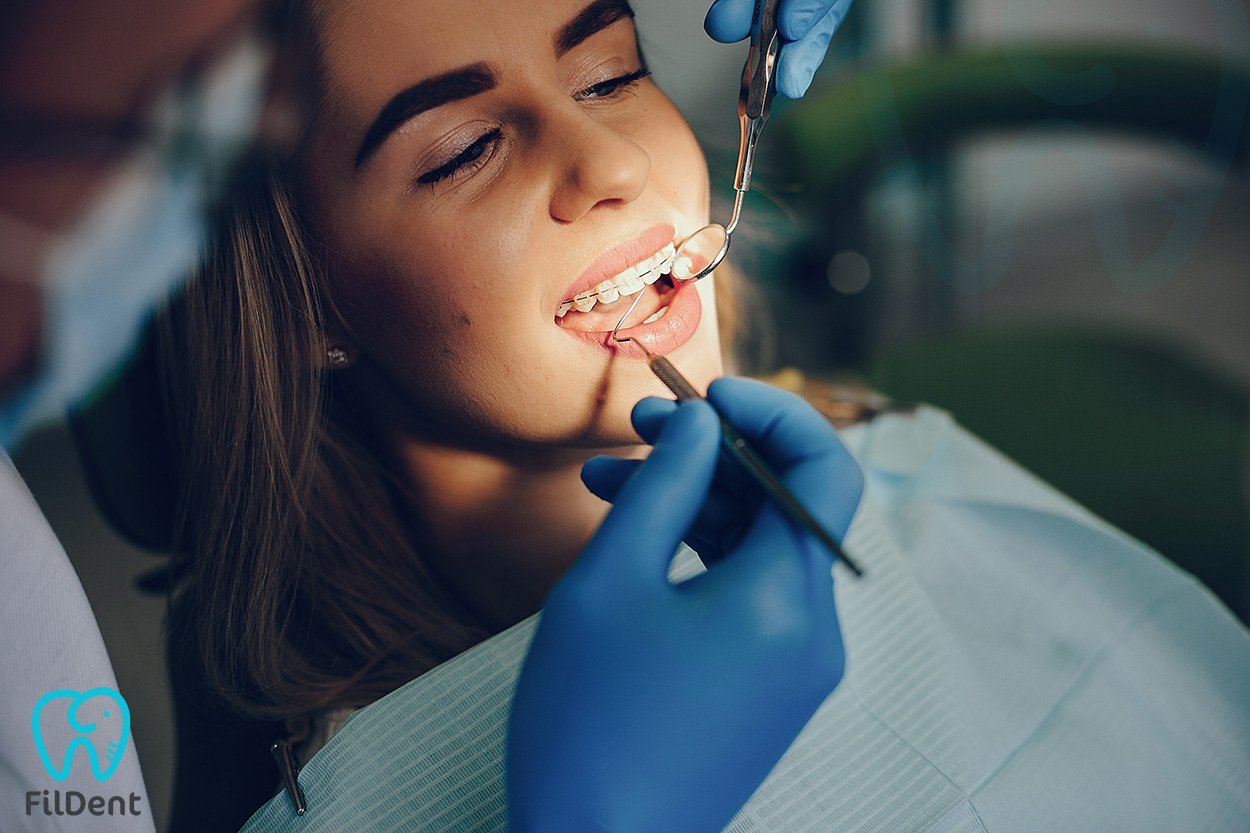

Bone Grafts (Jaw Bone Powders)
Dentistry is the medical science that is most connected to developing world technology. With the developing technological tools, we can detect many diseases early and provide many treatment methods to our patients. While there is little damage with early diagnosis, which has been affected by these technological developments, the patient can quickly regain health treatment. All of these are the beauties that technology offers us.
What are the Causes of Bone Melting?
First of all, it is necessary to know what the bone is inside the mouth. The bone, which determines the position of the teeth surrounding the alveoli, i.e., the jawbone and provides the chewing function, is exposed to this bone resorption. This one layer, which is extremely solid structurally, loses its function for various reasons. Bacteria in the mouth, tooth extraction and teeth that have lost their function cause bone resorption. Active functions such as chewing are of great importance for the alveolar bone. It keeps the bone vigorous and healthy. Patients with bone resorption generally complain that my prostheses are loose if they have received prosthesis treatment. There is no problem with prostheses. The support brackets of prosthesis mean that the tooth or bone has started to lose its function slowly.Melting bones never come back! For this reason, we cannot recover the melted alveolar bone. Especially in patients coming for implant treatment, artificial bone has to be used because there is no bone to hold the prosthesis. It is the oral infrastructure created by using artificial bone, i.e., bone powders.
How Are Bone Powders (GRAFT) Made?
Bone powders are obtained from animals. It is mostly obtained from cattle or horses with riding animals. In other words, bones obtained from individual animals go through many stages and sterilization processes. First of all, the animals must be healthy. Bones, after all, procedures, takes the form of a small particle, powder or sheet or block. If deemed necessary, bone powders, which are suitable for use by dentists, are injected into the patient’s required area.Although bone powder production from horses is standard worldwide, the bone powder is generally produced from bovine cattle to comply with traditions and customs in our country. Patients can use horse-sourced bone powder if they wish, but this rate is infrequent in our country.
In Which Situation Can Bone Powder (GRAFT) Be Used?
It is applied mainly if it prevents treatment. In patients who will undergo implant treatment, treatment cannot be performed due to bone resorption, and preventing this can be applied to get a positive result from the treatment.It can be applied for different implant treatment. That is to say, the maxillary sinus organ in the upper jaw is hanging in some patients. For implant treatment, this area should not sag. Bone powders are used to push up and fix this flaccid maxillary sinus organ.After tooth extraction, the tooth will lose its function, and naturally, it will drag the alveolar bone to dissolve. For this reason, dentists can increase the thickness of the alveolar bone by using bone powder after tooth extraction. If implant or prosthetic treatment will be applied in the future, bone health is guaranteed.Bone resorption, which can cause inflammation, brings tooth and gum problems. It can be used when such adverse cases are encountered. The gingival shape of the patient is also improved.It provides an aesthetic appearance. The beauty of the image is increased by supporting the gums as desired.When the implant is applied to patients who will receive treatment, the implants are supported by bone grafts so that no extra implant surgery costs arise.There is one more point that patients should pay attention to. Grafts, bone powders can be produced from the bones of many animals, such as pigs. Consult your doctor. The treatment process cannot be started without your doctor’s knowledge and approval.
